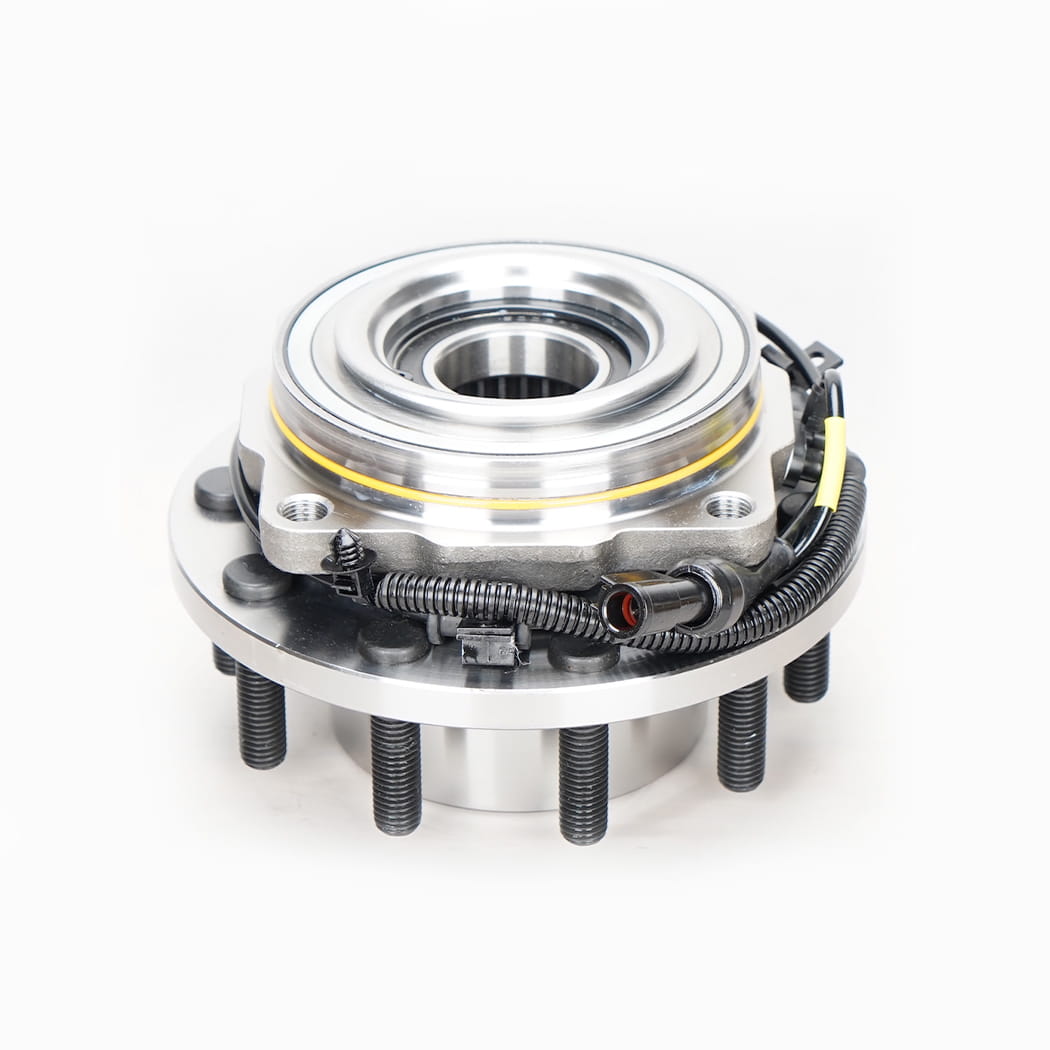The wheel hub unit, while a relatively small component of the automotive world, plays an outsized role in a vehicle’s overall performance and safety. It’s a crucial part of the assembly that connects the wheel to the vehicle’s suspension system, allowing the wheels to rotate smoothly while supporting the weight of the car. Beyond its fundamental mechanical role, the evolution of wheel hub units has had a profound impact on how modern vehicles handle, brake, and perform in various driving conditions.
In its simplest form, a wheel hub unit consists of the wheel hub, bearings, and the necessary hardware to fasten the wheel to the vehicle. The bearings are what allow the wheel to spin freely around the hub, reducing friction and wear. Without this bearing system, vehicles would experience excessive resistance during movement, leading to inefficient performance and a rough ride. In essence, the wheel hub unit is responsible for ensuring that the wheels rotate with as little friction as possible, a task that is critical to vehicle efficiency and ride quality.
As car manufacturers have continued to push for better performance, wheel hub units have evolved with innovative features and technologies. One of the most significant advancements has been the integration of sensors in modern wheel hubs. These sensors are often part of the vehicle’s advanced safety and stability systems, such as anti-lock braking (ABS) and traction control. The sensors track the rotational speed of each wheel and relay that data to the vehicle’s electronic systems. By doing so, they help the car maintain traction, prevent wheel lockup during braking, and provide additional stability during turns or slippery road conditions. This technological integration makes wheel hub units not only mechanical components but also vital elements in a vehicle’s safety arsenal.
The materials used in wheel hub unit construction have also seen notable advancements. Traditionally, these components were made from steel or iron, but newer designs are incorporating lighter and stronger materials such as aluminum alloys. These materials help reduce the overall weight of the vehicle, which in turn can improve fuel efficiency and handling. Lighter materials also mean that the vehicle’s suspension system is under less strain, improving the overall driving experience. With the push for electric vehicles, the need for reducing weight and increasing efficiency has made these materials even more critical in the design of modern wheel hub units.

Beyond performance and safety, the durability of the wheel hub unit is another key consideration. Since the wheel hub unit must bear the weight of the vehicle and endure the stress of acceleration, braking, and cornering, it is subject to significant wear and tear. Over time, the bearings within the unit can degrade, leading to increased friction, noise, and potential failure. Regular maintenance is therefore important to ensure that the wheel hub unit continues to perform optimally. In some cases, a failing wheel hub can result in a grinding noise or vibrations during driving, signaling the need for a replacement. Timely replacement of worn-out wheel hubs ensures that the vehicle remains safe and performs as expected.
Wheel hub units also influence vehicle handling. A well-designed hub can help ensure that the vehicle’s wheels stay firmly aligned with the road, providing better control during sharp turns or sudden stops. Conversely, a malfunctioning wheel hub can lead to misalignment, causing uneven tire wear, poor handling, and a compromised driving experience. Manufacturers are increasingly focused on precision engineering when designing wheel hub units to ensure that all components work together seamlessly to enhance overall performance.
The evolution of wheel hub units reflects the broader trend in automotive engineering toward creating safer, more efficient, and more comfortable driving experiences. As vehicles become more sophisticated, the wheel hub unit continues to play a critical role in ensuring that the wheels perform optimally, supporting vehicle safety and efficiency. As automotive technology progresses, we can expect to see even more innovation in the design and functionality of wheel hub units, making them an even more integral part of the modern driving experience.